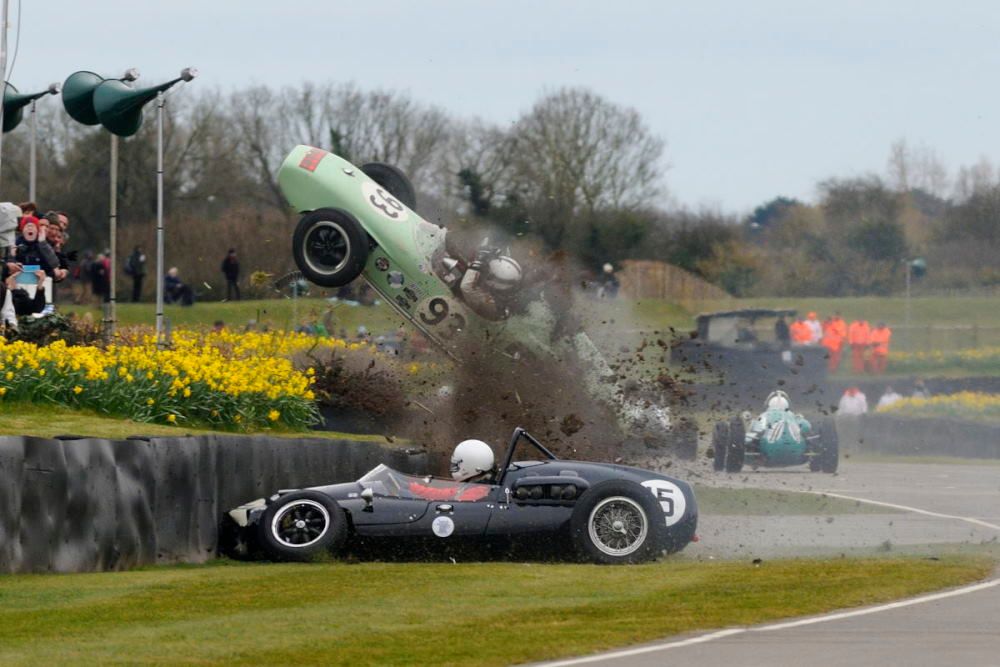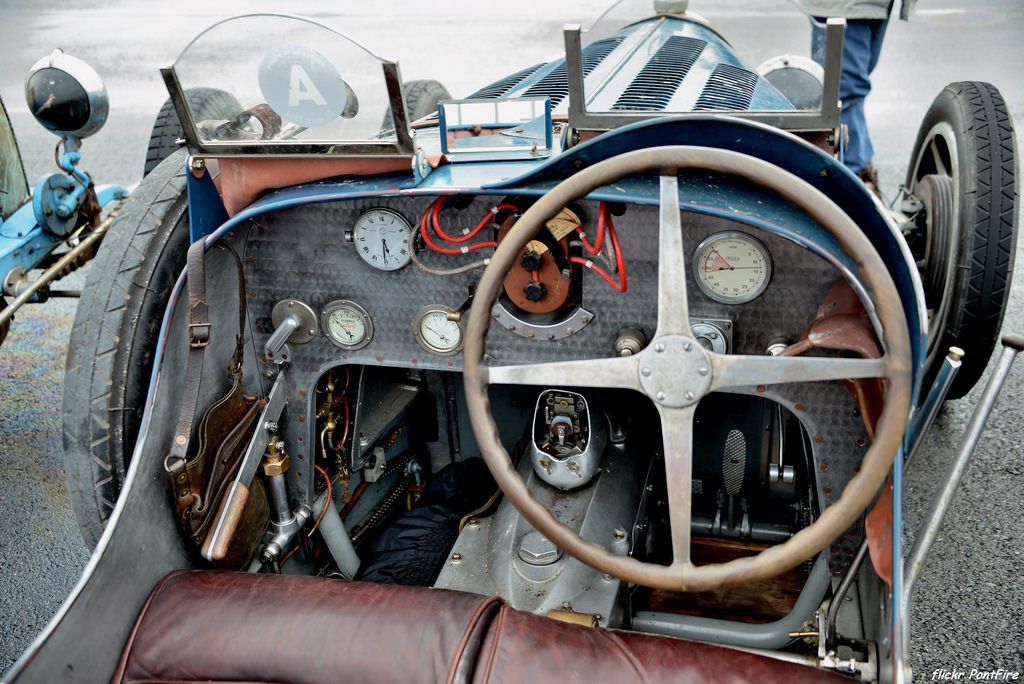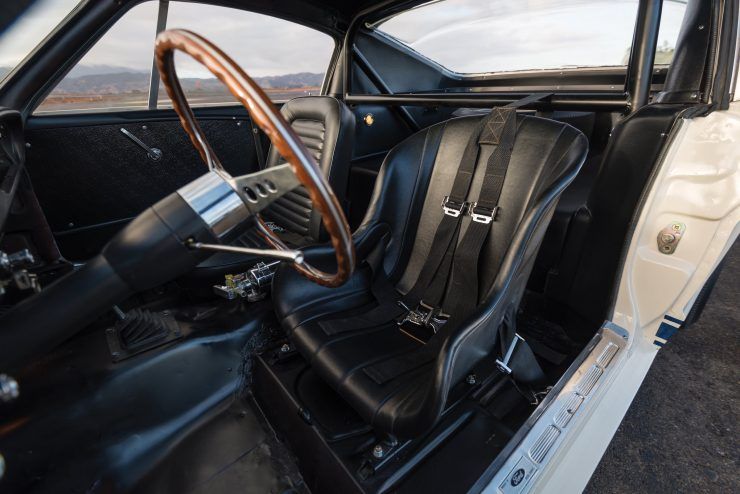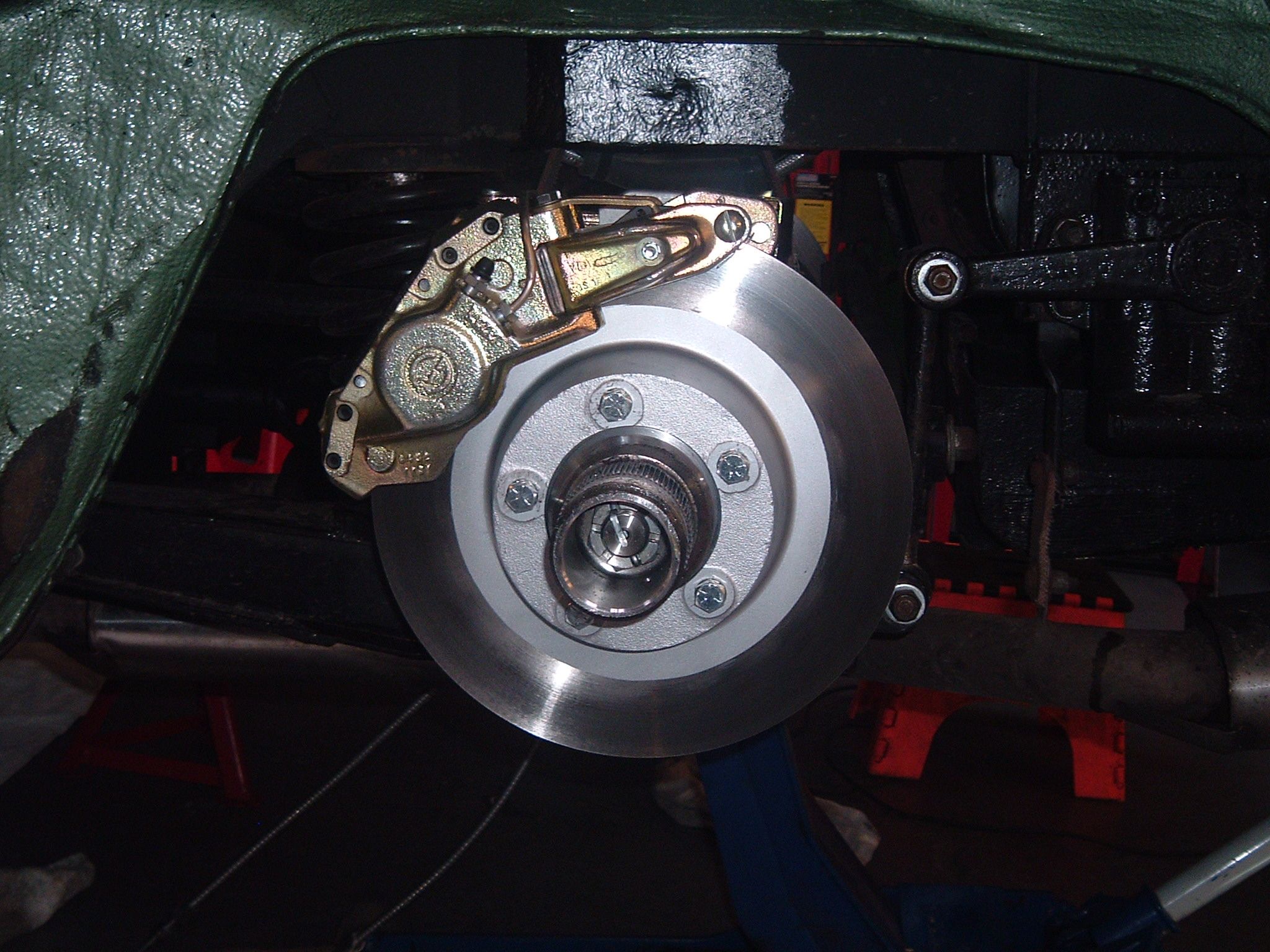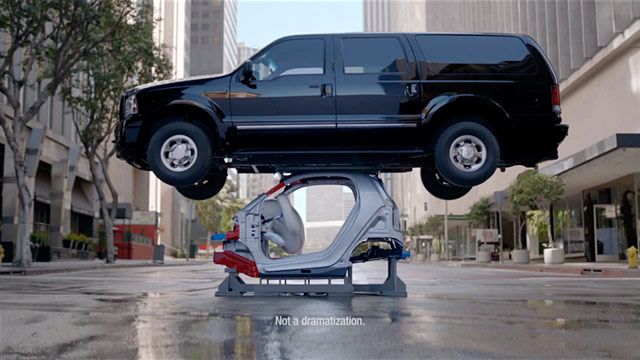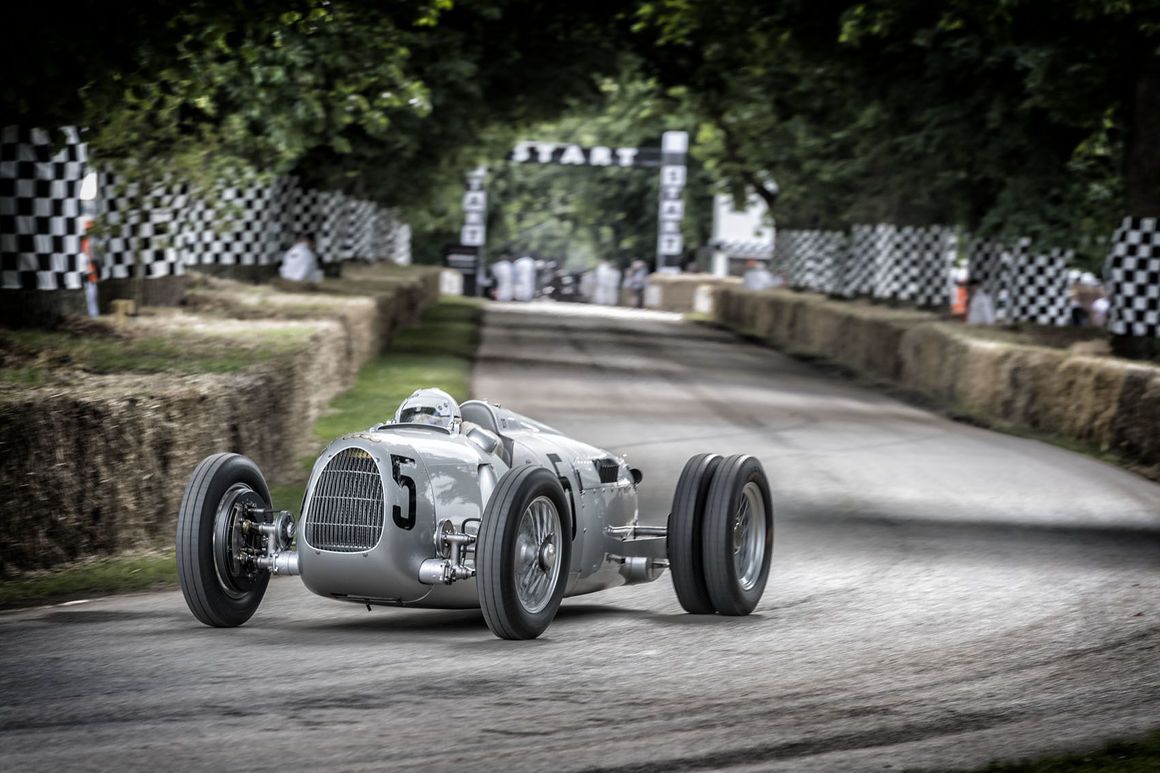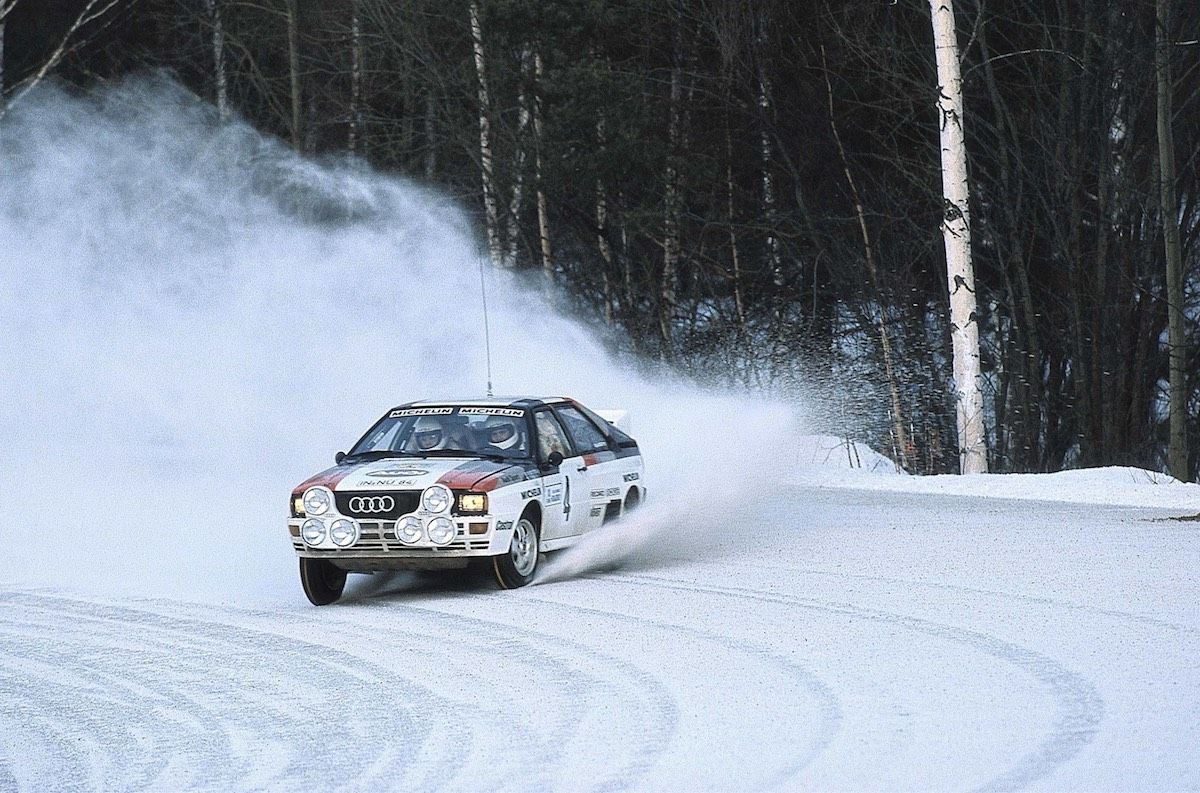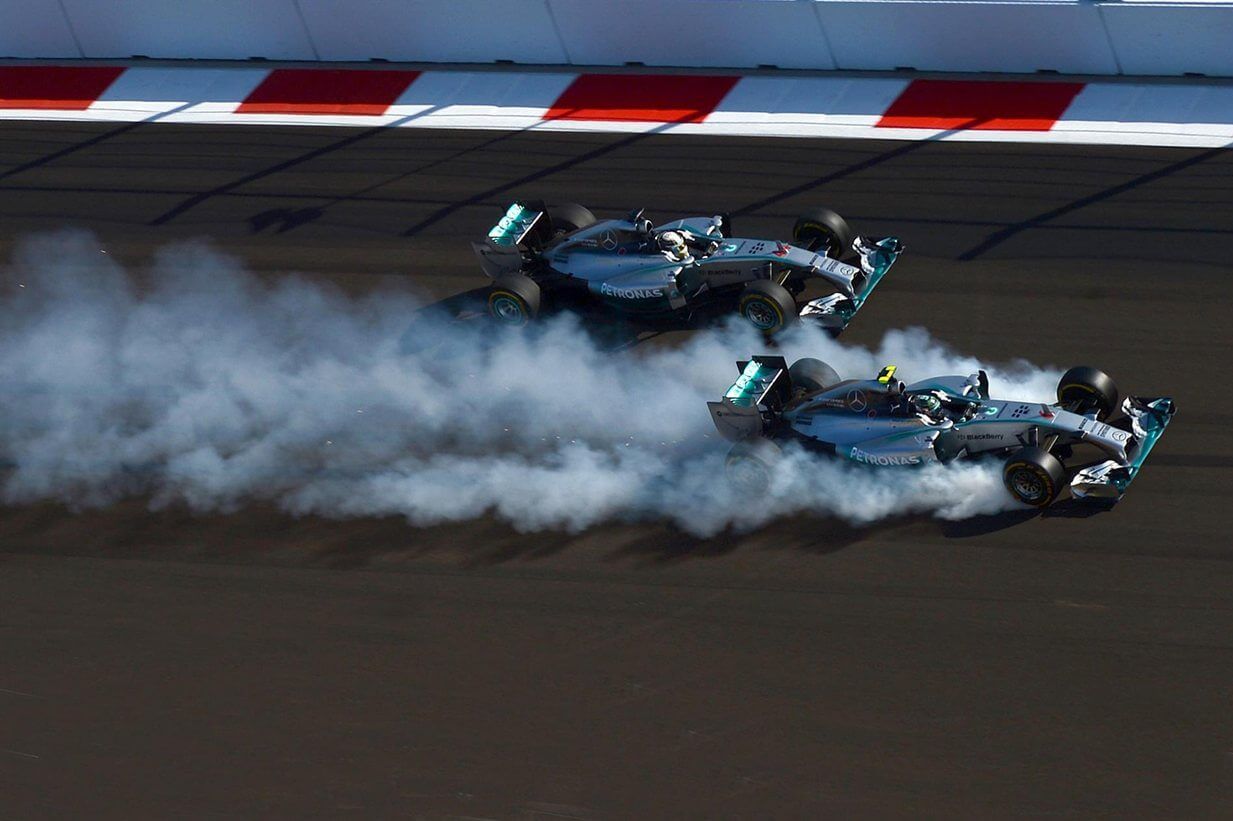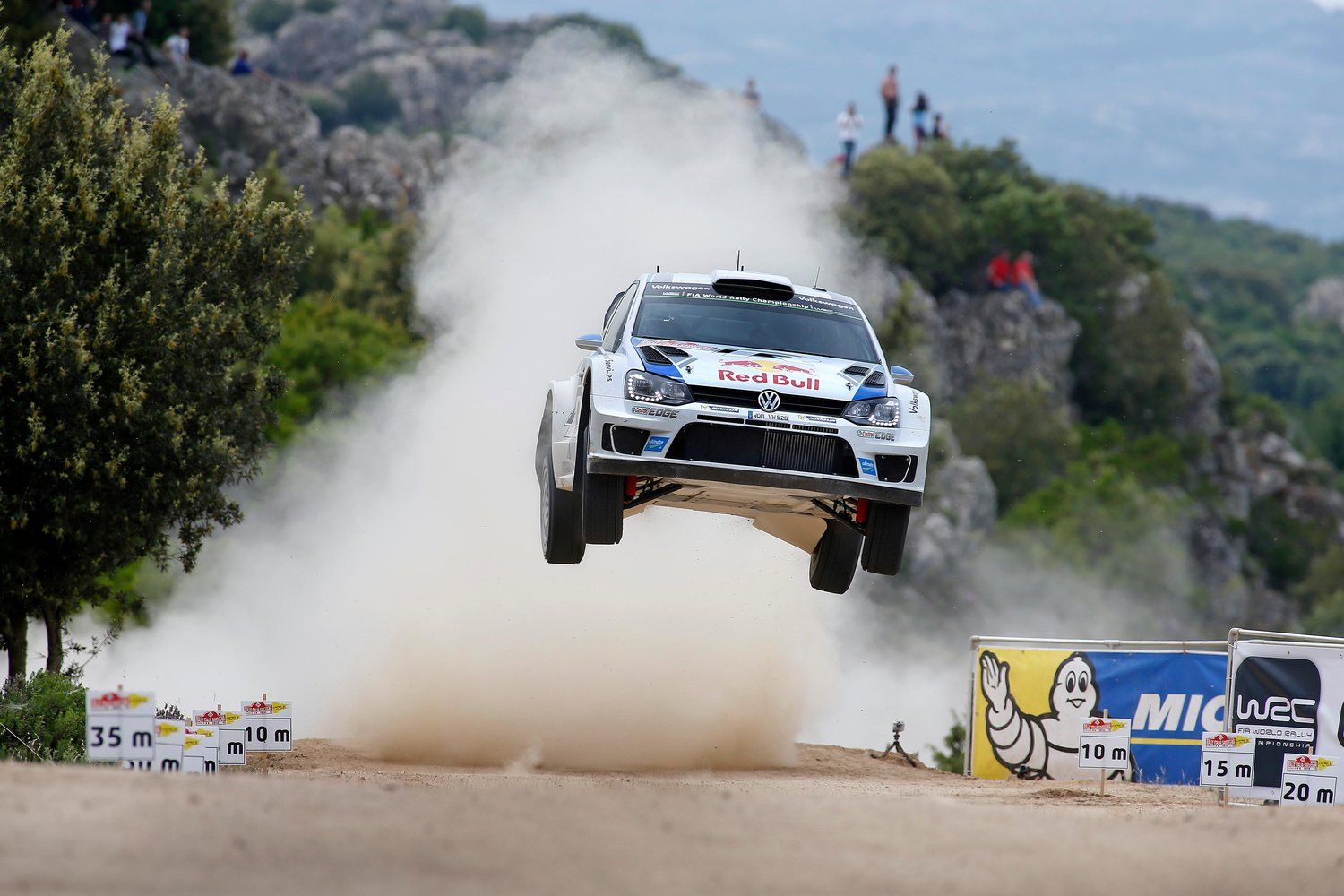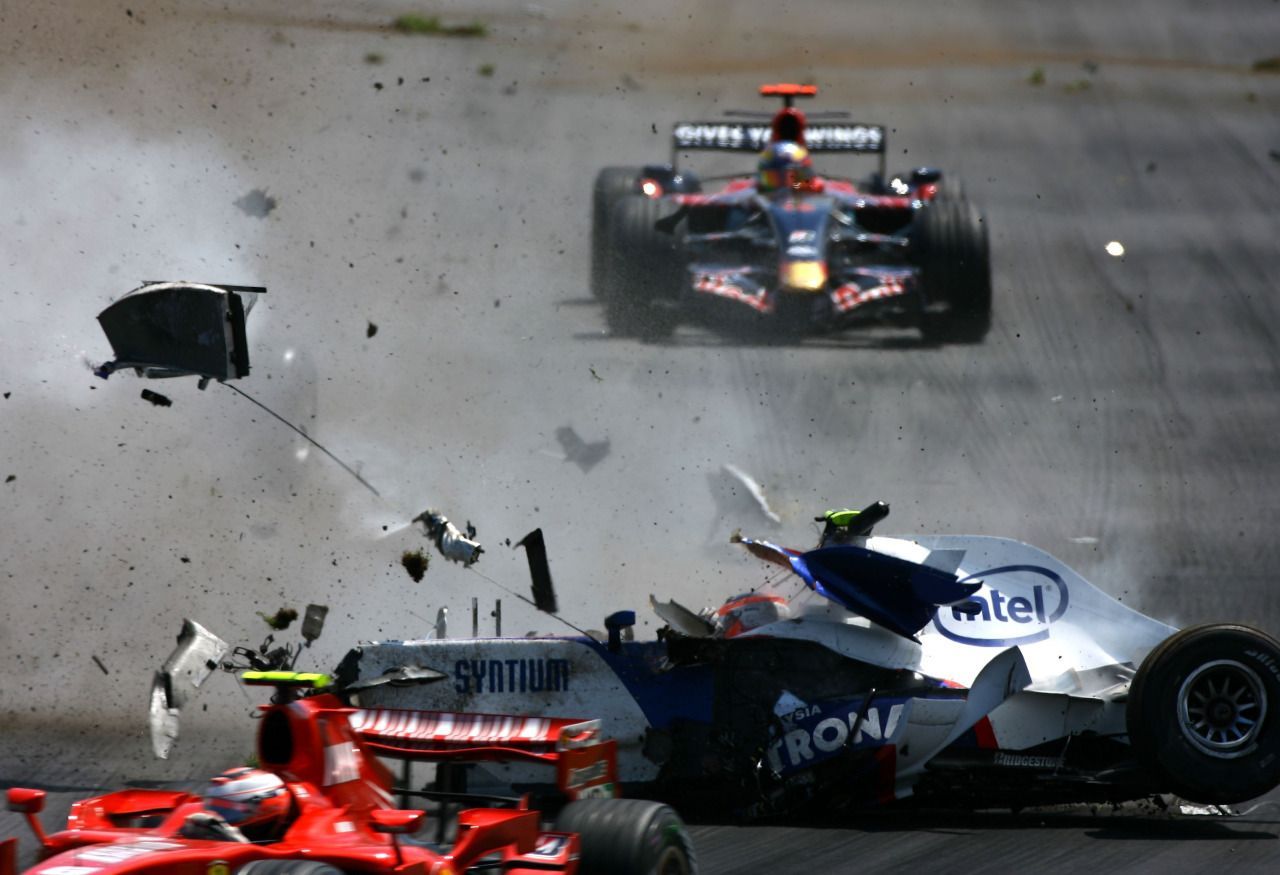Since the earliest days of racing, automotive manufacturers have been using the sport of auto racing to improve their products. Because they are dealing with higher speeds, race car drivers have especially looked for ways to improve safety in their sport to prolong their careers...and lives. Thankfully, safety in automotive racing has only become more important as time goes on, with plenty of new improvements and regulations becoming commonplace.
Related: 5 Safety Features Every Car Needs (15 That Are Just Money Grabs)
With automobile races being used as a testing ground for a number of manufacturer's technology and research, a large number of safety improvements have trickled down from the track to the showroom floor. We bet you didn't know how many of these common safety features began in racing!
10. Rear View Mirrors
Ray Harroun was the only driver in the first Indy 500 without a ride-along mechanic. The rest of the field used the riding mechanic to watch behind them for traffic. Harroun's elimination of the mechanic eliminated a large amount of weight, making the car faster. (There was also an advantage in fuel consumption.) He had seen mirrors on horse-drawn carriages, so he mounted a 3x8 mirror to keep track of drivers behind him. Harroun won the race and the rearview mirror was banned from Indy racing for a number of years, but carmakers introduced the rearview mirror into production vehicles in 1914 and it has been around ever since.
9. Seat Belts
Seat belts were first used in 1885 to prevent ejection from horse-drawn carriages. The restraints were used later on airplanes and race cars, but before racers used belts they actually preferred to be flung free (or in some cases jump out of the cars) before impact. When the cars became sturdier and safer, racers begin to realize the importance of the seat belts. As time went on, automotive manufacturers also began to see their importance. In 1959, Volvo was the first car to be fitted with the three-point lap/shoulder belt as standard equipment. Automotive safety belts became standard equipment in rear outboard seats in 1967.
8. Disk Brakes
Disc brakes are considered to be superior to drum brakes; although drum brakes were the primary type of brake used in the early 1900s, disc brakes last longer and provide more stopping power. Jaguar began using disc brakes in the early 1950s at the 24 Hours of Le Mans and in Grand Prix racing. Jaguar won the race with one of the C-Types. Although some cars with disc brakes were made available to the public after that, these brakes weren’t mass produced until the Citroën DS was introduced in 1955. Nearly all vehicles use disc brakes today.
Related: Jaguar To Drop Safety Feature After Testing Finds It Distracts Drivers
7. Roll Cages
In the 1950s, Spen King pioneered the safety cage (or roll cage) for Rover racing cars. The system was the precursor to energy-absorbing vehicle structures that allow people to walk away from violent, high-speed crashes today. The safety engineering that keeps a race car driver safe today continues to evolve as governing bodies and race teams work together using new technology to keep injuries down as higher speeds are achieved. That technology carries over to your passenger cars. You can see the roll cage in the race car, but the structures that keep road car passengers safe are hidden behind trim panels.
6. Tires That Really Grip The Road
Racing is incredibly demanding when it comes to tire performance. Manufacturers must blend traction, grip, and durability to create a winning formula. Tire manufacturers use racing to design new tread patterns that can help cars maintain traction in the wettest conditions, rubber compounds that maintain grip at extreme temperatures, and tire core designs that can take more abuse in an hour than most tires will endure in a lifetime. Whether it’s a Formula One tire that can pump hundreds of gallons of water per minute off of its surface, or a Kevlar-lined rally tire that resists rock punctures, much of the tire technology researched in racing trickles down to average consumers.
5. All-Wheel Drive
AWD provides more control on slippery surfaces in passenger cars as well as when racing. All-wheel-drive came with high-performance cars that used all four wheels to transfer the engine’s power to the pavement, like the original Audi Quattro rally car. Fiat SpA’s legendary Lancia Delta Integral Group B rally car further popularized AWD for performance cars in the 1980s. If you look around today, all-wheel drive is available on almost every automobile.
Related: Subaru Has Been Altering Safety Data For Their Vehicles
4. Traction Control And Antilock Brakes
Traction control and Anti-Lock brake systems were banned from Formula 1 in 1994, but that does not mean there was never testing and developing of these systems. As early as 1960 the Ferguson P99 all-wheel drive car used a mechanical Anti-Lock system. Anti-lock brake systems decrease braking distance in many cases and are standard equipment on cars in the United States since 2011. Anti-lock brakes keep the brakes from locking, while traction control allows drivers to accelerate without spinning out in turns and slick weather conditions.
3. Suspension
Your car's handling is one of the foundations of its safety, and a lot of that lies in the suspension. Production car suspensions have evolved almost directly from racecars. Cars perform better when all the tires are in contact with the ground, so they have to be able to move independently of the other wheels as you drive over bumps, potholes, and other uneven surfaces. Two kinds of independent suspensions that were developed for racecars are the multi-link suspension (which started in Formula 1 cars and is ideal for off-road driving) and MacPherson struts (which originated in NASCAR vehicles). As for modern suspensions, you can thank Ayrton Senna and Lotus, whose 1987 Formula One car used a computer-controlled active suspension system that adjusted to changing track conditions. While such systems have been banned from the series today, you can buy cars and trucks for the street that employ the same technology.
Related: NASCAR Slaps Joe Gibbs Racing With Fines & Suspensions
2. Head And Neck Restraints
Porsche knew from experience in racing that headrests helped keep the driver in the seat and able to drive more efficiently. As early as 1950, the company was supplying 356 passenger cars with headrests. Optional head restraints began appearing on North American cars in the late 1960s, and were mandated by the U.S. National Highway Traffic Safety Administration (NHTSA) in all new cars sold in the U.S. after 1 January 1969. The trend continues as sanctioning bodies like Formula One requires data boxes that record impact measurements in collisions and use that information to prevent injuries.
1. Crumple zones
Crumple zones work by managing the energy of a car crash. Force redistribution protects the car's occupants against injury. This is achieved by a controlled weakening of sacrificial outer parts of the car. Many of the Formula and Indy cars look fragile when wrecking as parts explode from the cars, but the parts coming off the car are designed to break and fall off. They are made to break loose to absorb the energy before it is transferred to the driver in the rigid safety cage. This technology is a part of passenger car safety today, with crumple zones and other areas of the car that are designed to shear loose on impact.
Next: 20 Safety Features That Actually Make Driving More Dangerous

